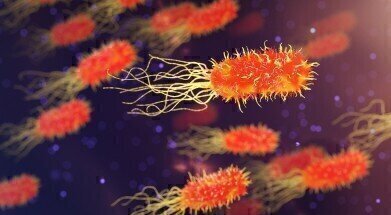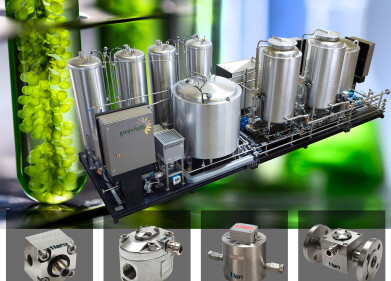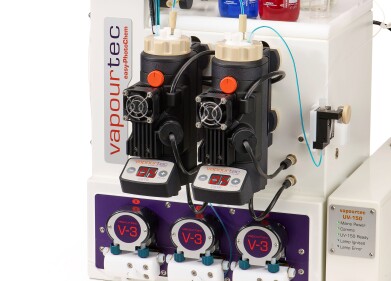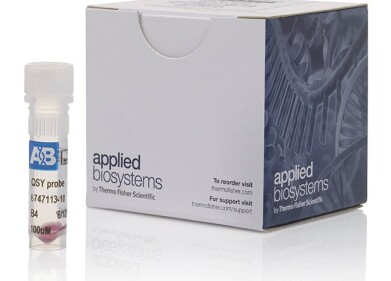Laboratory Products
Weakening Bacteria Could Fight Against Antibiotic Resistance
Feb 21 2020
In a breakthrough for global disease control, a team of bioscience engineers from KU Leuven in Belgium has developed a new enzyme strategy that actively weakens bacteria by preventing collaboration. The discovery is an exciting step forward for the medical sphere, which is continually plagued with cases of antibiotic resistance. The findings were published in the journal Nature Communications, with the team explaining how unlike traditional antibiotics, the designer enzyme known as Artilysine® actively eliminates bacterial resistance.
Challenging the social behaviours of bacteria
Artilysine® also challenges the social behaviours of bacteria, which often involve a collaborative approach. For example, build-up of dental plaque is supported by the creation of a biofilm layer that envelops the bacterial community in a protective bubble. Through this collaborative approach, bacteria are protected and can quickly grow and thrive. The team applied this concept to salmonella, a bacterium that also produces a biofilm layer to protect the colony. Using an antibacterial chemical substance developed at KU Leuven, the team blocked production of this biofilm layer to weaken the colony and make it more vulnerable to antibiotics and other treatments.
"Without their protective slime layer, the bacteria can be washed away by mechanical forces and killed more easily by antibiotics, disinfectants or the immune system," explains Professor Steenackers, lead author of the study.
New chemical substance prevents group resistance
When bacterial resistance to Artilysine® was compared to traditional antibiotics, the results were profound. "We saw that the bacteria, as a group, did not become resistant to our antibacterial substance, while this did happen with antibiotics, and quickly so," explains Steenackers. "Moreover, we showed those bacteria that were resistant to the new antibacterial substance became outnumbered by non-resistant ones.
While resistant bacterium can still produce the protective film, they expend energy while doing so. This means the non-resistant bacteria grow faster while the resistant bacterium growing the film eventually die off. Moving forward, Steenackers hopes Artilysine® can be introduced into clinical practice in the form of pills or implant coatings to prevent infections. He also predicts they could be used in conjunction with antibiotics.
"In contrast to traditional antibiotics, this substance therefore does not cause selection for, but against resistance," says Steenackers. "Antimicrobial treatments that stop bacteria from working together can therefore be a viable solution to the current problem of antibiotic resistance."
Hygiene and sterilisation are critical in bioscience labs, with new technologies playing an important role in ensuring accurate results, increasing equipment life and advancing cutting-edge research. To find out more about the latest best practice techniques and equipment, don't miss 'Proven Cleaning Procedures For Lab Balances and Safety Cabinets.
Digital Edition
Lab Asia 31.2 April 2024
April 2024
In This Edition Chromatography Articles - Approaches to troubleshooting an SPE method for the analysis of oligonucleotides (pt i) - High-precision liquid flow processes demand full fluidic c...
View all digital editions
Events
Apr 17 2024 Tokyo, Japan
Apr 22 2024 Marrakech, Morroco
Making Pharmaceuticals Exhibition & Conference
Apr 23 2024 Coventry, UK
Apr 23 2024 Kintex, South Korea
Apr 23 2024 Seoul, South Korea









.jpg)








